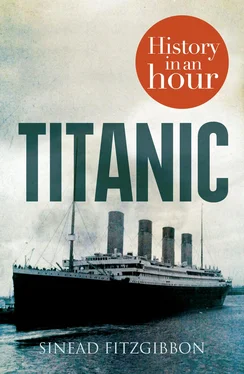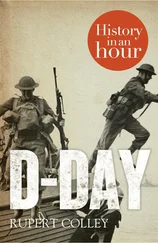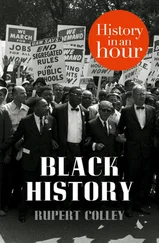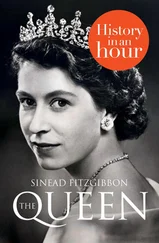Similarly, the White Star Line was not about to settle for anything less than the best when it came to selecting the crew for Titanic ’s maiden voyage. With the eyes of the world fixed on their wondrous new ship, it comes as no surprise that the White Star Line entrusted Titanic to their most able and senior seaman, Captain Edward J. Smith (pictured below).
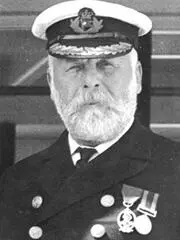
Captain Edward J. Smith
Captain Smith had enjoyed a long and distinguished career with Ismay’s company. Since being promoted to the rank of Commodore of the White Star Line in 1904, he routinely took to the helm of their newest and grandest ships. The 62-year-old Smith’s seafaring career was, however, drawing to a close. This was to be his last voyage before retirement – and what better way to round off a glittering career than to take command of the world’s largest passenger liner?
The course plotted for Titanic’s maiden voyage was one that had been followed many times by other transatlantic liners. After leaving Southampton, she was to sail to Cherbourg in Northern France, and then on to Queenstown (now Cobh) in Co. Cork on the southern coast of Ireland. After Queenstown, Titanic would put out into the great Atlantic Ocean, next stop New York.
The Route Plotted for Titanic’s Maiden Voyage
An Illustrious Gathering
In the days leading up to Titanic’s scheduled departure date, hundreds of passengers who had succeeded in booking passages on her maiden crossing began to converge on Southampton, Cherbourg and Queenstown.
Unsurprisingly for such a luxurious liner, the first-class passenger list was impressive, reading as a veritable who’s who of British and American high society. Among the American passengers were: New York tycoon, John Jacob Astor and his pregnant young wife, Madeleine (pictured below); the millionaire businessman Benjamin Guggenheim who was accompanying his mistress, the French singer, Ninette Aubart; the brash and generally unpopular Denver society hostess, Molly Brown; Isidor Strauss, the founder of Macy’s department store, and his wife, Ida; George D. Widener, said to be the richest man in Philadelphia, along with his wife and son; and Major Archibald Butt, military attaché to the President of the United States.
J. J. Astor and his wife, Madeleine
The British contingent was equally well-heeled. Distinguished passengers included Sir Cosmo Duff-Gordon, a Scottish landowner, and his fashion-designer wife, Lady Lucy Duff-Gordon; William T. Stead, the social activist, philosopher and editor of London’s Review of Reviews ; and the Countess of Rothes, who was travelling to California to join her husband, the Earl of Rothes, who was on a land-buying expedition on America’s West Coast.
Other notable passengers included J. Bruce Ismay, whose tenacity and vision were responsible for bringing RMS Titanic to life; the American tennis player and Wimbledon champion, Karl Behr; silent movie star, Dorothy Gibson, and the famous Broadway producer, Jacques Futrelle.
Interestingly, the owner of the White Star Line and Titanic ’s chief investor, J. P. Morgan, was forced to abandon his plans to sail on his new ship due to business commitments – a last-minute change of mind which may very well have saved his life.
But this was not the only eleventh-hour change of plan for RMS Titanic’s maiden voyage . . . there was a second, which would prove to be far less propitious for those involved.
Crew Changes
Just as Titanic was preparing to set sail, her sister ship, the Olympic, was forced to return to the Harland & Wolff shipyards for emergency repairs to a propeller. This unexpected turn of events led to a surprise re-shuffle of Titanic’s crew not long before the ship’s scheduled departure.
Originally, the list of seven officers, from Chief Officer down to Sixth, was as follows: William Murdoch, Charles Lightoller, David Blair, Herbert Pitman, Joseph Boxhall, Harold Lowe and James Moody.
However, with the Olympic ’s crew at a loose end, the White Star Line decided to bring her experienced Chief Officer, Henry Wilde (pictured below), aboard Titanic for her maiden voyage.
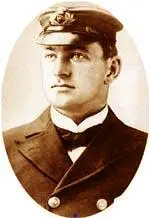
Chief Officer Henry Wilde
This last-minute re-organization of crew meant that Murdoch and Lightoller were demoted to First and Second Officer respectively, while David Blair was removed from the line-up altogether.
Under orders to leave the ship immediately, Blair, in his haste, mistakenly took the key to his locker with him. Unfortunately, his locker contained the binoculars that were to be distributed among the crow’s nest lookouts. This meant that the lookouts would be forced to work unaided, which made their task of spotting icebergs in the distance infinitely more difficult.
This would be the first in a long chain of unfortunate events which would culminate, four days later, in the sinking of a supposedly ‘unsinkable’ ship.
An Inauspicious Beginning? An Inauspicious Beginning? The Quest for Speed Ice Warnings A Catastrophic Error of Judgement Damage Reports To the Lifeboats Save Our Souls! Death by Drowning? The Carpathia Aftermath: Inquiries & Legacy Mirror Images Appendix 1: Key Figures Appendix 2: Timeline of the Titanic Disaster Copyright Got Another Hour? About the Publisher Конец ознакомительного фрагмента. Текст предоставлен ООО «ЛитРес». Прочитайте эту книгу целиком, купив полную легальную версию на ЛитРес. Безопасно оплатить книгу можно банковской картой Visa, MasterCard, Maestro, со счета мобильного телефона, с платежного терминала, в салоне МТС или Связной, через PayPal, WebMoney, Яндекс.Деньги, QIWI Кошелек, бонусными картами или другим удобным Вам способом.
Just after noon on Wednesday 10 April 1912, with all her passengers and crew safely on board, the gang-planks were drawn up and RMS Titanic set sail from Southampton. As she was pulled from her berth by the tugboat Vulcan , throngs of people gathered on the dock to cheer her off, while hundreds of passengers congregated on her decks, waving farewell to the crowds below.
Tentatively at first, the colossal ship turned to port side and began to make her way down the narrow corridor of water, which gave way to the River Test, and which would in turn carry Titanic into the harbour. Slowly gathering speed, she glided past a number of ships, including the Oceanic and the New York , which were moored in the channel.
Titanic ’s bulk made the task of manoeuvring the mammoth vessel down the narrow strait difficult – at one point there was hardly eighty feet between Titanic and the stationary vessels. Spectators looked on nervously, fearing a collision. However, as Titanic ’s bow drew level with that of the New York, it seemed the danger had passed.
Then, quite without warning, the thick ropes which tethered the New York
Конец ознакомительного фрагмента.
Читать дальше
